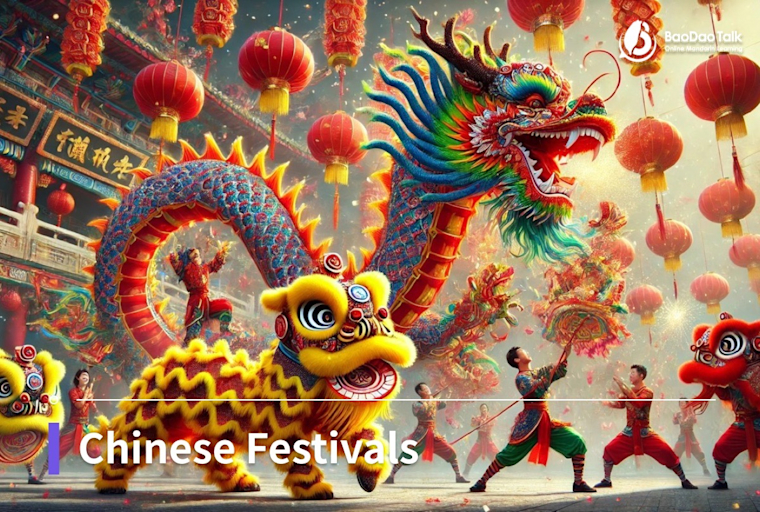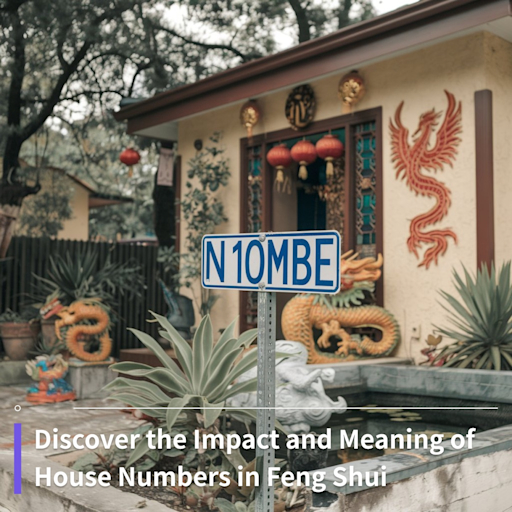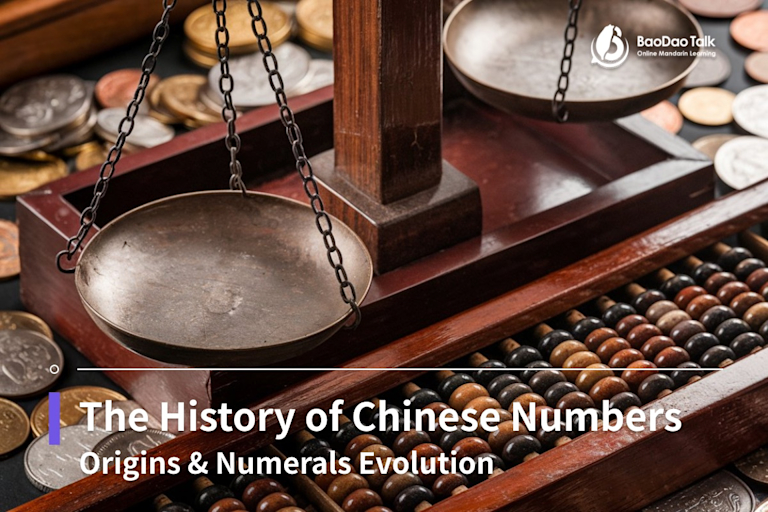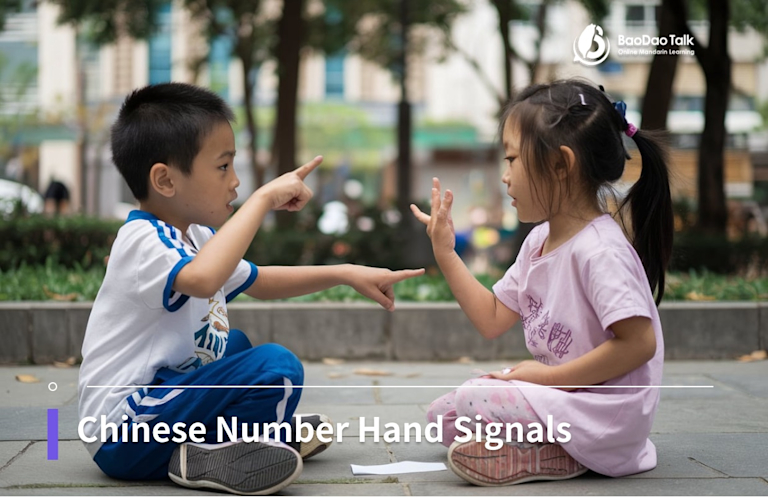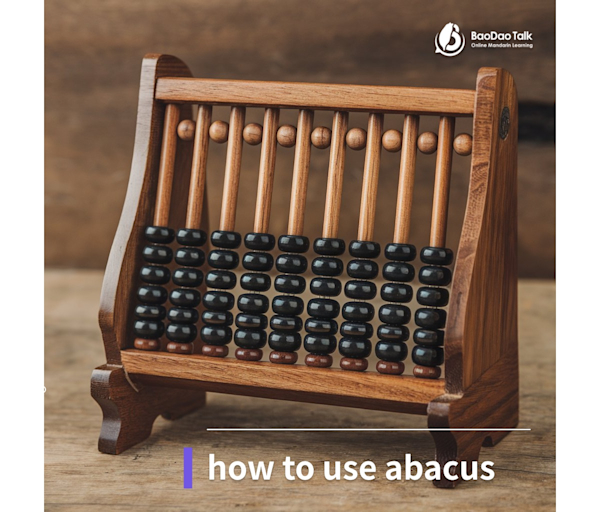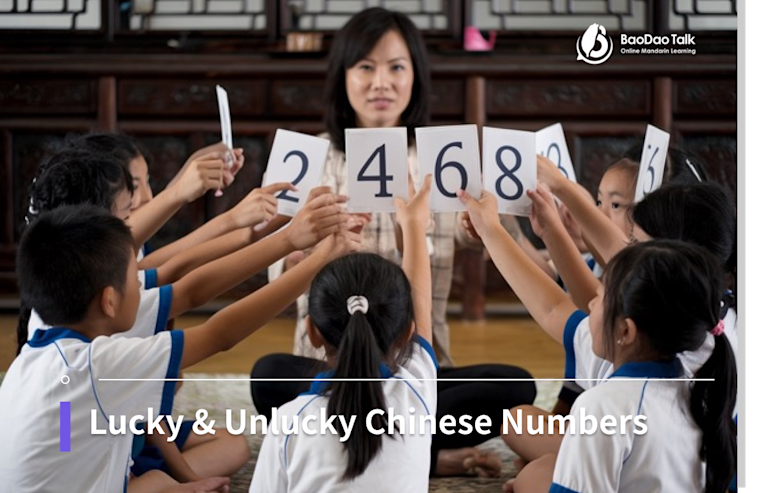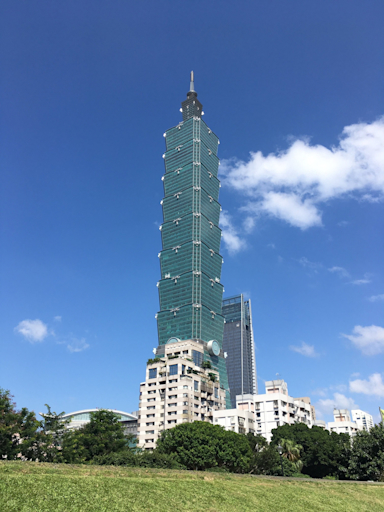BaoDao Talk Blog
2024-09-06updated
Taiwan Bubble Tea: The Global Rise and How to Order It
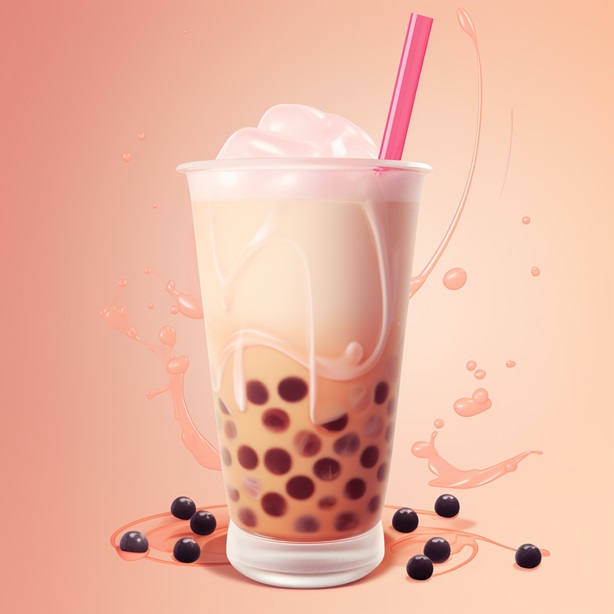
# Practical knowledge
# Learning Mandarin
Bubble tea, or "boba," is a Taiwanese invention that has become a global sensation. Known for its signature chewy tapioca pearls, bubble tea is much more than just a drink—it represents a key part of Taiwan's cultural identity and economic success. Taiwan’s bubble tea industry has grown into a massive business, generating billions in revenue and connecting various sectors, from agriculture to packaging and machinery.
Quick Navigation
A Billion Cups of Tea: Taiwan’s Bubble Tea Industry
In Taiwan, bubble tea isn’t just popular—it’s a way of life. According to statistics from Taiwan’s Ministry of Economic Affairs, locals drink a staggering 1.02 billion cups of tea every year, generating about 50 billion NTD in revenue. On average, each Taiwanese person consumes 44 cups annually.
What started as small tea shops offering a refreshing treat has now evolved into a robust industry. Taiwan’s bubble tea success has created a ripple effect, boosting related sectors like raw materials (tea leaves, tapioca pearls, fresh fruit), food machinery, packaging, and franchising. Even small businesses, such as tea farmers and tapioca pearl manufacturers, have benefited from the industry's global growth.
The Global Rise of Bubble Tea
Bubble tea’s popularity has expanded beyond Taiwan’s borders. By 2027, the global market for bubble tea is expected to reach USD 4.3 billion, with a compound annual growth rate of 7.8%. Countries like the U.S., Canada, and Germany already have mature bubble tea markets, while emerging markets such as China, Brazil, and India are seeing rapid growth. Europe is expected to have the highest growth rate at 8.7%.
This global demand has also driven the need for high-quality tapioca pearls. Taiwan, as the birthplace of bubble tea, has continued to meet the demand, with exports reaching USD 80 million in 2021. The U.S. is Taiwan’s largest importer of tapioca pearls, followed by Japan and South Korea.
Tailoring to Local Tastes and Dietary Preferences
The flexibility and versatility of bubble tea allow it to adapt to diverse consumer tastes worldwide. Health-conscious consumers can now enjoy bubble tea made with natural ingredients, seasonal fruits, or plant-based milk options. For example, in countries like the U.S. and Europe, dairy-free options like almond milk, soy milk, and oat milk are becoming popular alternatives, catering to lactose-intolerant customers and promoting sustainability.
In Muslim-majority countries like Malaysia, halal certification for ingredients has made bubble tea more accessible to Muslim consumers. Additionally, the unique flavors in each region, such as strong, aromatic tea blends in Malaysia, fruity teas in Europe, and the rising popularity of matcha-flavored drinks in Japan, show how bubble tea adapts to local cultures.
The Tapioca Pearl: The Soul of Bubble Tea
Tapioca pearls, or "boba," are the heart of any bubble tea. These chewy, sweet pearls are made from cassava starch and can come in various flavors and colors. The classic black sugar tapioca pearls are the most popular, but innovations in flavoring and coloring have led to pearls with unique tastes and textures.
Different combinations of starch and flavorings allow manufacturers to create distinct levels of chewiness and texture, ensuring customer loyalty and repeat purchases. In Taiwan, bubble tea shops are always looking for ways to perfect the tapioca pearl, which is why each shop might have its own “secret recipe” for the ideal boba experience.
Chinese Teaching Section: How to Order Bubble Tea
Here’s how to order bubble tea in Chinese, with useful phrases for foreigners visiting Taiwan.
飲料店 (yǐn liào diàn) - Beverage shop
珍珠奶茶 (zhēn zhū nǎi chá) - Bubble tea
大杯 (dà bēi) - Large cup
中杯 (zhōng bēi) - Medium cup
小杯 (xiǎo bēi) - Small cup
甜度 (tián dù) - Sweetness level
冰塊 (bīng kuài) - Ice level
半糖 (bàn táng) - Half sugar
微冰 (wēi bīng) - Less ice
Sample Conversation:
店員 (diàn yuán): 你要什麼? (Nǐ yào shén me?) - What would you like?
客人 (kè rén): 我要一杯珍珠奶茶。 (Wǒ yào yī bēi zhēn zhū nǎi chá.) - I’d like a cup of bubble tea.
店員 (diàn yuán): 大杯、中杯,還�是小杯? (Dà bēi, zhōng bēi, hái shì xiǎo bēi?) - Large, medium, or small cup?
客人 (kè rén): 大杯。 (Dà bēi.) - Large cup.
店員 (diàn yuán): 甜度、冰塊? (Tián dù, bīng kuài?) - Sweetness and ice level?
客人 (kè rén): 半糖、微冰。 (Bàn táng, wēi bīng.) - Half sugar, less ice.
This guide will help you confidently order bubble tea in Taiwan, making your experience even more enjoyable!

Share to:
